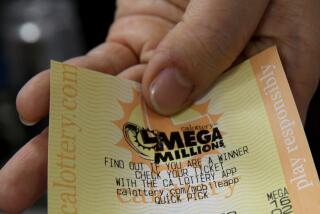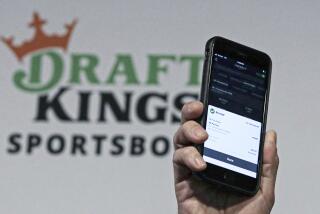Professional poker player
Chris Moneymaker, a Tennessee accountant, plopped down in front of his computer and watched as the screen flashed to life. Little did he know that the $39 deposit he was about to make to PokerStars.com would change his life forever. Less than a year later, Moneymaker turned his $39 investment into $2.5 million in income.
How did he do it? Moneymaker’s deposit was an entry to an online tournament in which he won a $10,000 entry ticket to the World Series of Poker Main Event.
The Main Event was the first live tournament he’d ever played in. In late 2003, Moneymaker defeated 839 opponents, including famous professionals such as Sam Farha and Phil Ivey, to win the tournament. His leap from obscurity to instant fame launched Texas hold ‘em Poker into the spotlight.
Thousands of amateur players rushed to play in the World Series of Poker the next year—a phenomenon now known as the “Moneymaker Effect.”
Since then, thousands of ambitious players have attempted to turn pro in search of fame and fortune, but few are able to make a living playing poker and even fewer ever find fame. Being a professional poker player is a tough life filled with risk, but if you are good enough, it can be very rewarding.
If you want to turn pro, you’ll need to spend a significant amount of time preparing before taking the plunge. You’ll want to read numerous poker books, “Doyle Brunson’s Super System” is a must read—and watch as much footage of poker tournaments and games as possible. In addition to research, a minimum of 500 hours of game play (either online or at a local casino) is recommended to determine if you have enough skill to turn pro.
The best poker players are analytical with a vast understanding of statistics and probabilities. Poker players are constantly calculating their odds throughout the game and need to be able to figure out probabilities in split seconds. In addition to math skills, poker players need to be able to read their opponents’ body language. Mastering facial expressions and gestures, will allow you to tell when others are bluffing.
If you’re still intrigued and want to take the dive, you need to build your bankroll. Start by playing for less money until you get comfortable at that level and then move up to higher dollar amounts. To ensure your financial stability, you’ll want to take a couple precautions:
- Set up a bank account for living expenses. Have at least a year’s worth of living expenses before you make the decision to turn pro. If that account ever gets down to 3 or 4 months worth of living expenses, it’s time for you to get a different job.
- Set up a bank account for your poker bankroll. You should never use money from your living expenses account to play poker; all of that money should come from your bankroll.
Once you take the above precautions, you might be ready to turn pro. It won’t be easy to begin with and may never get any easier, but every once and a while the next Chris Moneymaker emerges from the pack.
The only thing that’s left is to shuffle up and deal!
More to Read
Inside the business of entertainment
The Wide Shot brings you news, analysis and insights on everything from streaming wars to production — and what it all means for the future.
You may occasionally receive promotional content from the Los Angeles Times.










